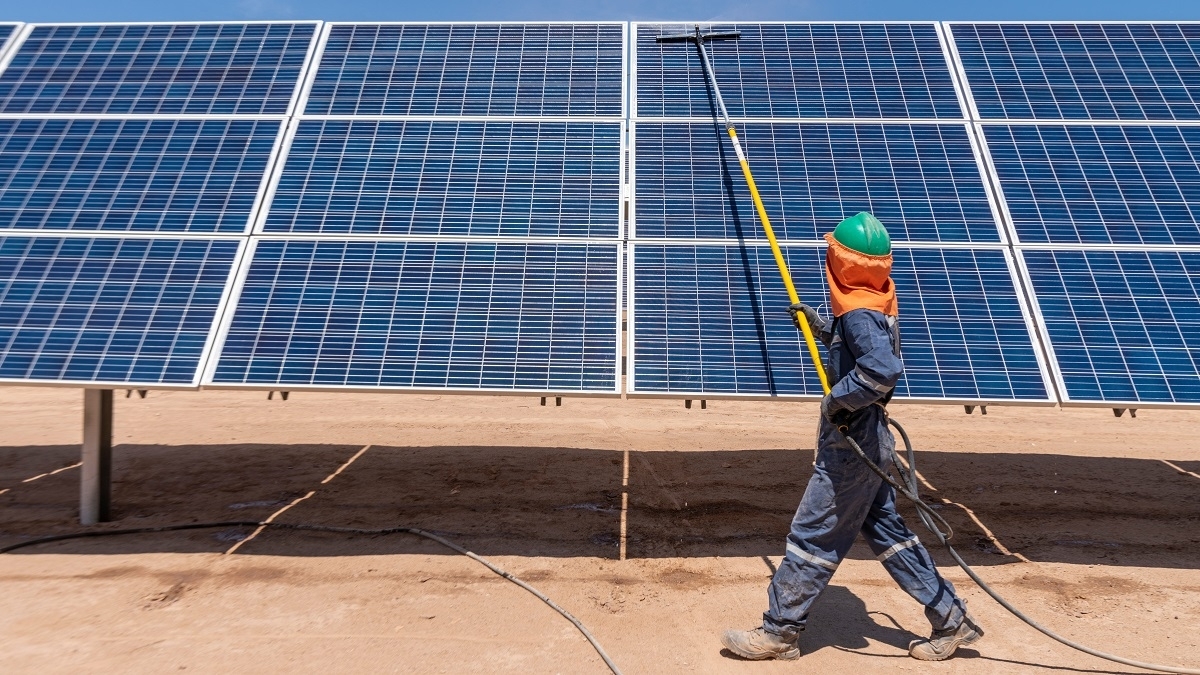Critical minerals boom: Global energy shift brings opportunities and risks for developing countries
19.06.2024The global energy transition offers mineral-rich countries the chance to bolster their industries and diversify their economies but also risks deepening their commodity dependence.
 A worker cleans solar panels in the Atacama Desert in Chile
A worker cleans solar panels in the Atacama Desert in Chile
© Shutterstock/abriendomundo
As the climate emergency intensifies, demand is surging for minerals that are critical for renewable energy technologies like solar panels, wind turbines and electric vehicles (EVs).
UN Trade and Development (UNCTAD) projections based on data from the International Energy Agency indicate that by 2050, for example, lithium demand could rise by over 1500 %, with similar increases for nickel, cobalt and copper.
The booming demand poses significant opportunities and challenges for developing countries rich in critical energy transition minerals, especially those grappling with commodity dependence – when 60 % or more of a country's merchandise export revenue comes from raw materials.
Such dependence hinders economic development and perpetuates inequalities and vulnerabilities across sub-Saharan Africa, South America, the Pacific and the Middle East.
It currently affects 95 developing countries, almost half of the UN’s membership. A total of 29 out of the 32 nations classified as having low human development in 2021 were commodity dependent.
“Commodities and commodity dependence are issues at the heart of the past and especially the future of trade and development,” UN Trade and Development Secretary-General Rebeca Grynspan says.
$225 billion investment shortfall in critical mineral mining projects
Global investments in critical energy transition minerals are not keeping pace with escalating demand. Current production levels are inadequate to meet the needs required to limit global warming to 1.5°C, in line with the Paris Agreement.
